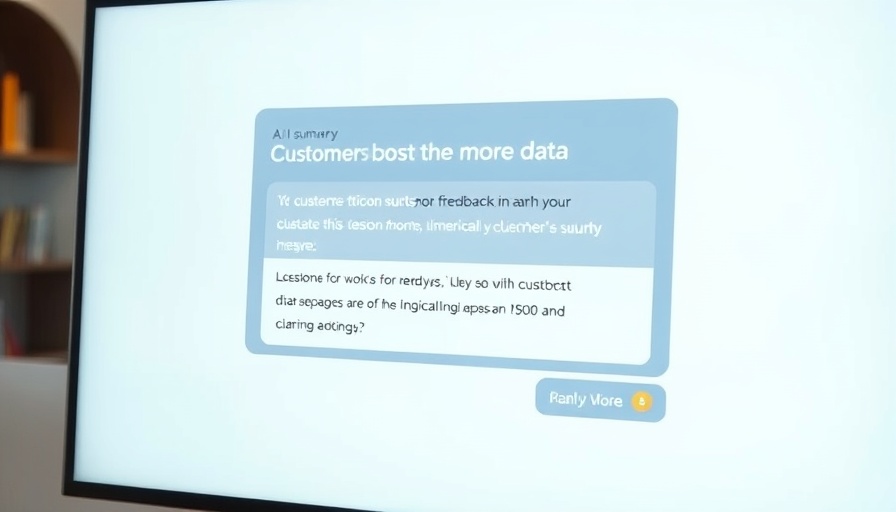
Understanding the Multifaceted Role of Management
Being a manager encompasses far more than just oversight of tasks; it's a multifaceted role that demands a deep understanding of human dynamics within a business. To be successful, it's crucial to navigate the complexities of team relationships, foster morale, and drive productivity.
Identifying Key Challenges in Management
Among the toughest parts of being a manager are not only the juggling of multiple responsibilities but also mastering emotional intelligence. Decision-making under pressure can affect both team direction and overall business strategy. A manager's proficiency in these areas can significantly influence the effectiveness of their leadership.
The Importance of Emotional Intelligence
Emotional intelligence is essential for managers, as it enables them to handle their emotional responses and those of their team members effectively. A manager who can empathize and actively listen fosters a positive work environment, which can prevent burnout and promote collaboration. Recognizing team members' contributions boosts morale, which can drive collective productivity and engagement.
Effective Decision-Making: The Bedrock of Good Management
Decision-making is a pivotal skill in management. Leaders must show confidence in their choices while also being open to feedback and data analysis. Managers who make timely and informed decisions often see better outcomes for their teams. Cultivating this skill can lead to a more resilient and adaptable workforce.
Time Management and Delegation: Keys to Operational Efficiency
Amidst the daily responsibilities of managing a team, honing time management and delegation skills becomes critical. Effective prioritization allows managers to balance urgent tasks while empowering team members to take ownership of their roles. This not only fosters a sense of responsibility and belonging among employees but also enhances overall operational efficiency.
Building Team Morale: Why It's Essential
Supporting team morale isn't merely beneficial; it's essential in a successful management strategy. When employees feel valued and recognized, they are more likely to engage deeply with their work. Implementing regular recognition programs can fortify teamwork and collaboration, leading to a more cohesive work environment.
Practical Strategies for Success
Here are several actionable strategies managers can adopt to navigate these challenges effectively:
- Foster Open Communication: Create a culture where employees feel free to express ideas and concerns.
- Continuous Learning: Encourage professional development for both yourself and your team to adapt to new challenges.
- Recognize and Reward: Regularly acknowledge employee contributions, which helps improve morale and motivation.
Conclusion: Embrace Your Role
While the challenges of management can feel daunting, they allow for immense opportunities for growth—both personally and professionally. Understanding the core responsibilities, honing essential skills, and building team morale can transform any manager into a leader who significantly contributes to their organization's success.
If you're looking to enhance your management skills and support your team better, consider investing in leadership training or workshops. These resources can provide you with new insights and techniques to navigate your role more effectively.
 Add Row
Add Row  Add
Add 



Write A Comment